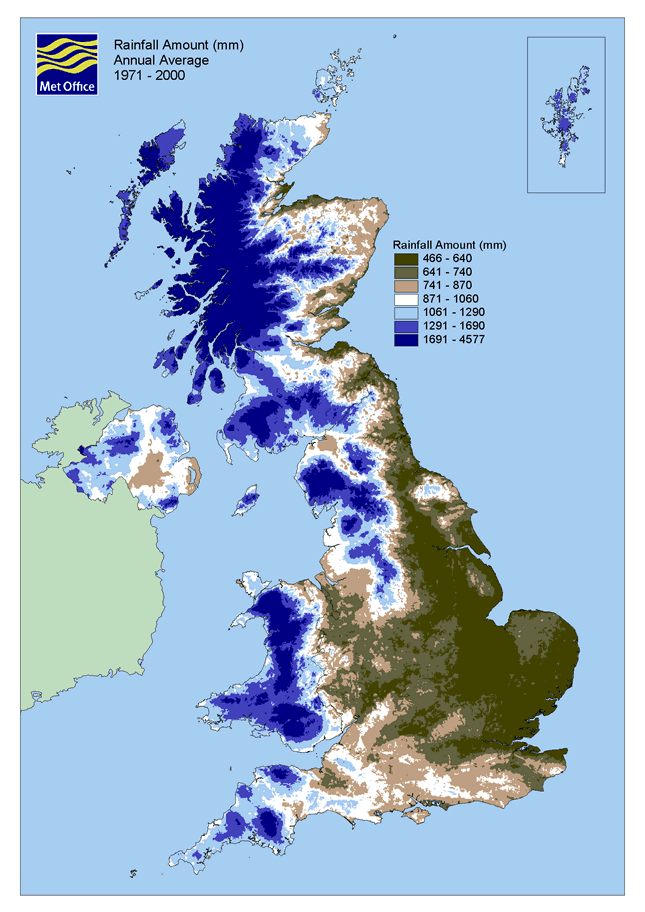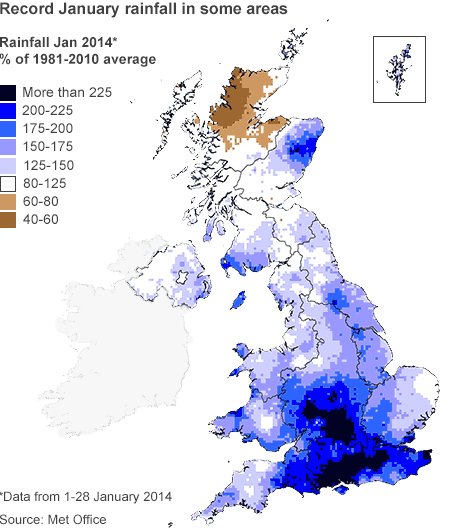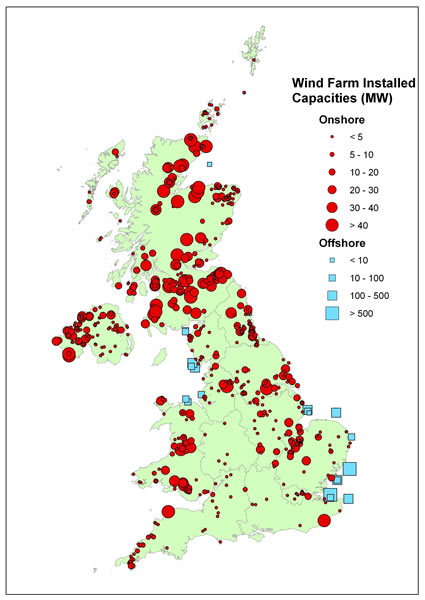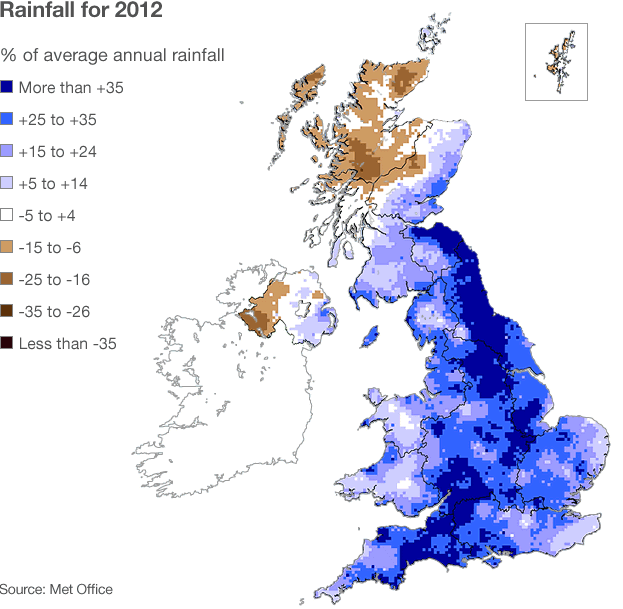A brief review of
contemporary publications suggesting that there may be potential
weather and climatic problems associate with wind farms is made.
Recent changes in UK rainfall geographic distribution appear to
be a sort of incontrovertible evidence based on meteorological
data that wind farms are seriously disturbing the UK climate and
may not be the friends we once thought they were. Due to the way
in which wind farms disturb the atmospheric boundary layer and
create infra-sound and AGWS we have effectively filled our
country with a vast number of additional mountain ranges and we
are all aware of how these influence rainfall.
Introduction
Wang and
Prinn 2010 have provided an insight into potential problems
with wind farms. They state that meeting future world energy
needs while addressing climate change requires large-scale of
low or zero greenhouse gas (GHG) emission technologies such as
wind energy. The widespread availability of wind power has
fuelled substantial interest in this renewable energy source as
one of the needed technologies. For very large-scale
utilization of this resource, there are however potential
environmental impacts, and also problems arising from its
inherent intermittency, in addition to the present need to
lower unit costs. To explore some of these issues, we use a
three-dimensional climate model to simulate the potential
climate effects associated with installation of wind-powered
generators over vast areas of land or coastal ocean. Using wind
turbines to meet 10% or more of global energy demand in 2100,
could cause surface warming exceeding 1 °C over land
installations. In contrast, surface cooling exceeding 1 °C
is computed over ocean installations, but the validity of
simulating the impacts of wind turbines by simply increasing
the ocean surface drag needs further study. Significant warming
or cooling remote from both the land and ocean installations,
and alterations of the global distributions of rainfall and
clouds also occur. These results are influenced by the
competing effects of increases in roughness and decreases in
wind speed on near-surface turbulent heat fluxes, the differing
nature of land and ocean surface friction, and the dimensions
of the installations parallel and perpendicular to the
prevailing winds. These results are also dependent on the
accuracy of the model used, and the realism of the methods
applied to simulate wind turbines. Finally they conclude that
additional theory and new field observations will be required
for the ultimate validation of their hypothesis.



